The Great Pacific Garbage Patch is a large collection of plastic and debris in the Pacific. It is comprised of two garbage patches; one near Japan called the Western Garbage Patch and the other is the Eastern Garbage Patch located between Hawaii and California.
These patches of debris are linked by the North Pacific Subtropical Convergence Zone where the warm water from the south Pacific meets the Arctic cool water. This convergence acts as a highway that keeps moving the debris from one patch to another.
This patch was first discovered in 1997. But the build-up of garbage started in the 1980’s. It is now approximately 1.6 million square kilometers. What is worse is about 70% of the debris sinks to the bottom of the ocean.
According to the World Wildlife Fund, 8 million tons of plastic ends up in our oceans. As these patches continue to grow, marine life are mistaking the plastic as food, which can lacerate their organs, and the marine life get tangled in the garbage. These patches also accelerate climate change because heat can cause the plastics to burn off carbon emissions.
In August, 2021, a non-profit called Ocean Cleanup deployed a large-scale cleaning system to remove the debris. Ocean Cleanup returned in December of 2021 to continue to remove more garbage.
This technology is helping to lessen the mess we made but it cannot be our only solution to reducing the human-made waste that ends up in waterways, as some of it makes its way to these garbage patches.
Things we can do:
· If you live near an ocean, volunteer to clean the shoreline to help remove debris on shores.
· If you don't live near an ocean, you can help clean up parks or local neighborhoods, as trash in those areas can eventually end up in marine environments.
· Donate to different organizations that support removing the trash, such as Ocean Conservancyand Oceana.
References:
https://www.nationalgeographic.org/encyclopedia/great-pacific-garbage-patch/
https://www.cnet.com/how-to/the-great-pacific-garbage-patch-is-getting-worse-heres-whats-happening/
https://www.wwf.org.au/news/blogs/plastic-waste-and-climate-change-whats-the-connection#gs.erpmdl
Images courtesy of Plastic Atlas


